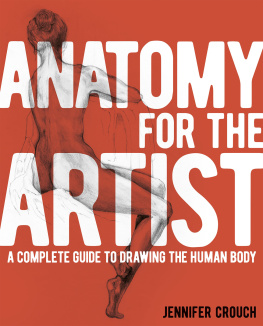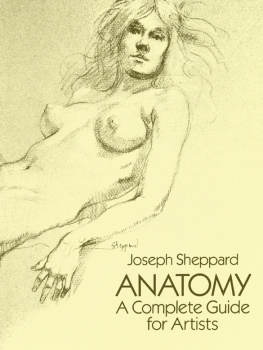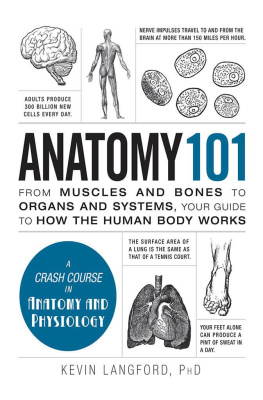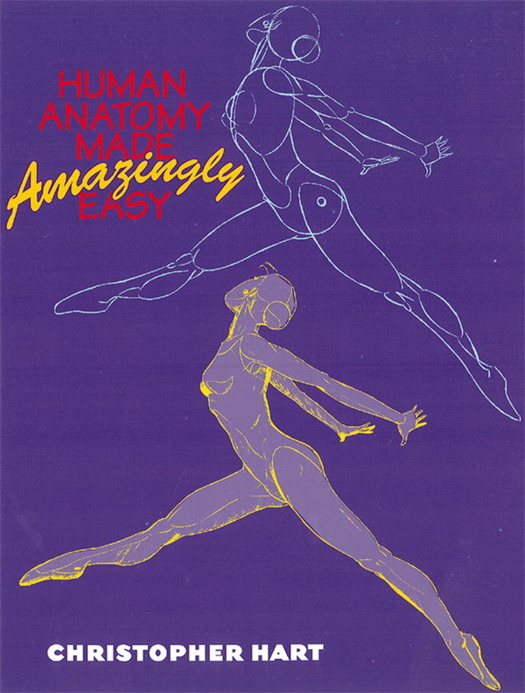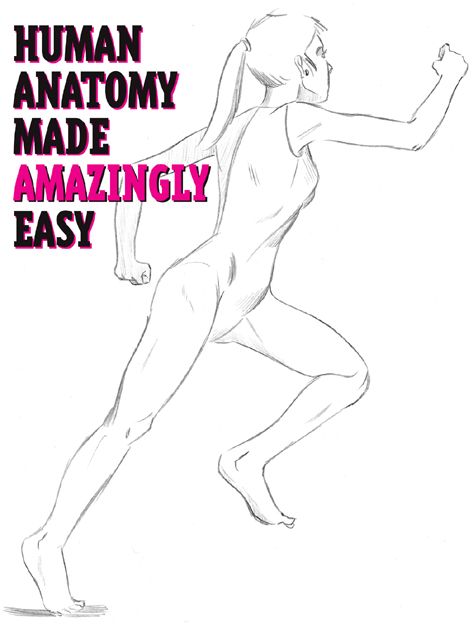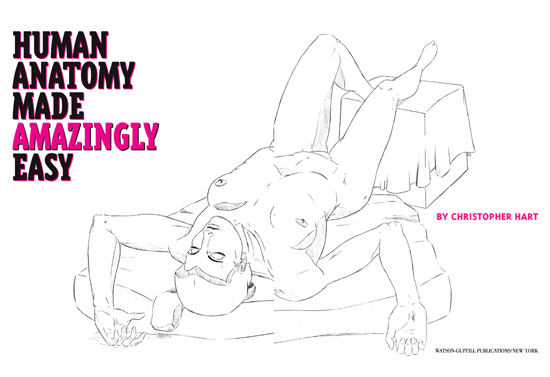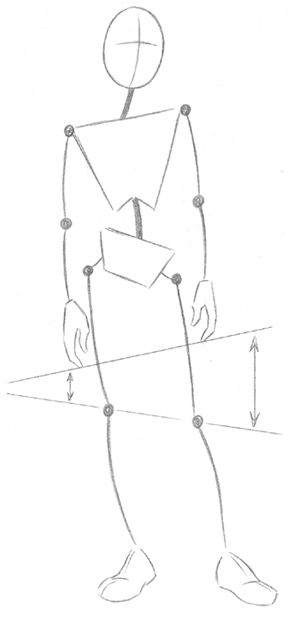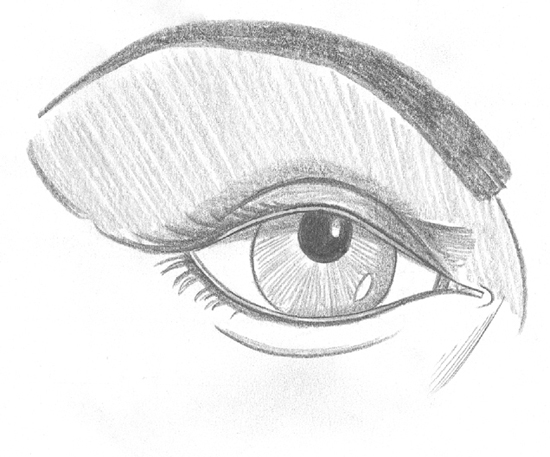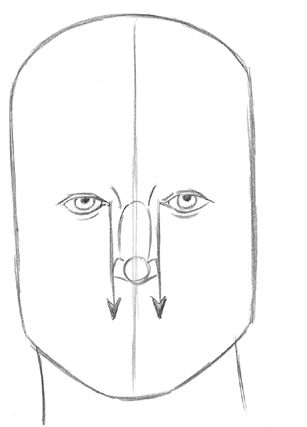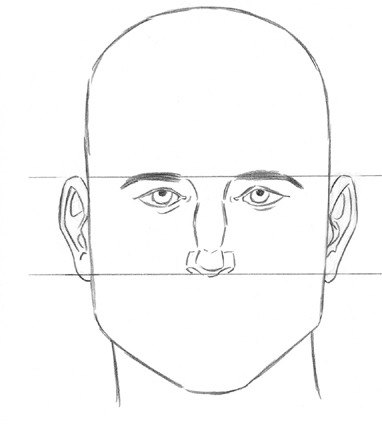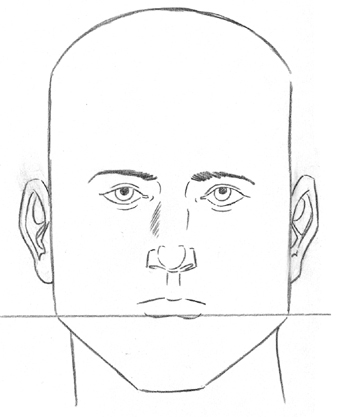Cover design by Bob Fillie, Graphiti Design, Inc.
Senior Editor: Candace Raney
Editor: Jacqueline Ching
Designer: Bob Fillie, Graphiti Design, Inc.
Production Manager: Ellen Greene
Copyright 2000 by Christopher Hart
Published in 2000 by Watson-Guptill Publications, a division of BPI Communications, Inc., 770 Broadway, New York, NY 10003
Visit us at http://www.watsonguptill.com
All rights reserved. No part of this publication may be reproduced or used in any form or by any meansgraphic, electronic, or mechanical, including photocopying, recording, taping, or information storage and retrieval systemswithout written permission of the publisher.
Library of Congress Cataloging-in-Publication Data
Hart, Christopher.
Human anatomy made amazingly easy/Christopher Hart.
p. cm.
eISBN: 978-0-7704-3470-0
1. Anatomy, Artistic. 2. Human figure in art. 3. DrawingTechnique.
NC760.H29 2000
743.49-dc21 00-043514
v3.1
For Maria
CONTENTS
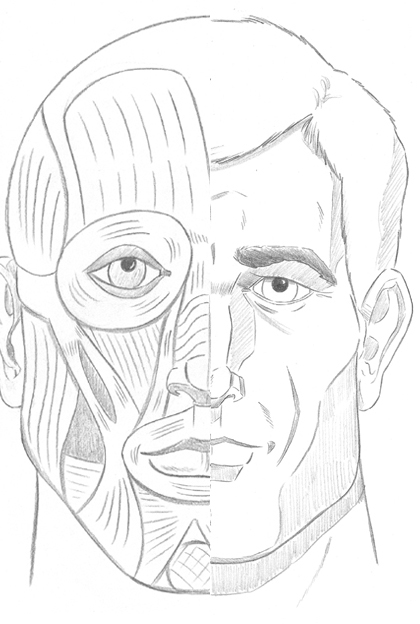
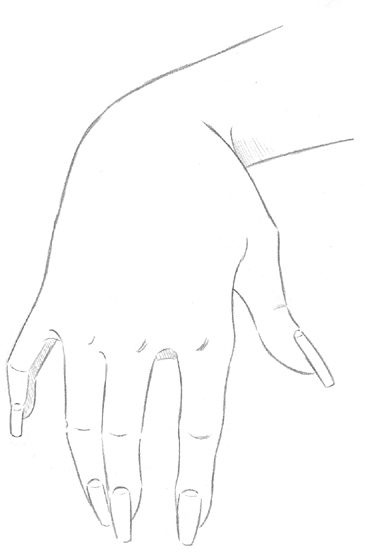
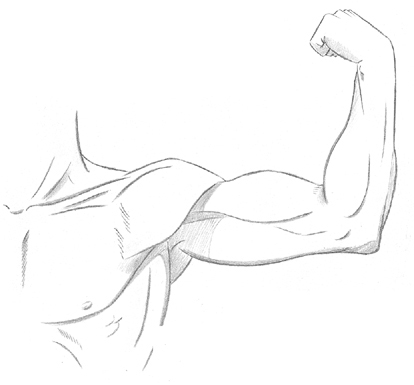
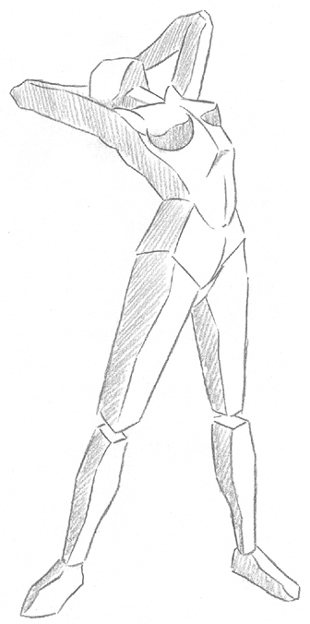

INTRODUCTION
What is it with anatomy books? Why are they so difficult to follow, so complex, technical, and dry? The art student, whether his or her interest is in fine art or commercial art, requires information about proportions, musculature, and skeletal structure to empower him or her to draw the figure with authority, confidence, and ease.
But the average anatomy book, by and large, looks like a coroners diagram. Every muscle and bone is examined, not only the muscles that can be seen, but all of the secondary and tertiary muscles that exist under layers of other musclesmuscles so deeply buried underneath the surface muscles that they bear little impact, if any, on how the figure looks.
By focusing the same attention on the show muscles as they do on the visually insignificant muscles, authors of anatomy books unduly complicate a rather straightforward subject. There are 520 muscles in the human body. It defies common sense to treat each of them equally. There are many tiny bones in the human ear. But so what? It adds nothing to the understanding of artistic anatomy to be able to memorize those bones.
This book focuses on the areas important to art students, and on those areas, it is extremely thorough. Within this book, you will find clearly illustrated information on how to draw the eyes, nose, ears, hands, feet, as well as the larger areas of the body, such as arm muscles, leg muscles, abdomen, chest, and pelvis. Youll learn how the contours of the face and body create pools of shadows. Youll also learn how to incorporate the use of perspective on the body, the secrets of foreshortening and diminution, and much more.
While most anatomy books focus on drawing individual muscle groups, rarely do they tie them all together by demonstrating how to achieve a graceful, flowing look to your drawings. In this book, you will learn the secrets to drawing action poses, seated poses, walking poses, reclining and gesture poses. Youll learn a shorthand method for drawing the figure that begins with easy shapes, rather than a complicated series of steps.
No one has access to a model at all times. As an artist, you must be able to draw life from your imagination. In this regard, anatomy alone wont help you. You need a reliable method of self-checking the proportions of the head and figure so that you can tell when your drawings are off, and make the necessary adjustments to correct it. These self-checking methods will be clearly illustrated and easy to follow.
It has been said that life drawing is the foundation of all art. It is my belief that this foundation should be fun, easy, but most of all, useful.
As with any endeavor, drawing the head is only difficult if you dont know the steps. By drawing the head in stages, you will see that what appears complicated is, in reality, only a logical progression. Up until now, you have probably been more concerned with the aesthetics, or the expression of the human head. Were going to focus, instead, on the spatial relationships among the features of the face. Lets begin:
Draw the basic shape of the head. Notice the guidelines. They will be very helpful. The horizontal guideline is exactly halfway up the head. The vertical line goes straight down the middle, which will help keep the face symmetrical.
The eyes rest upon this horizontal guideline, which means that they are located in the middle of the head, not toward the top, as most of us assume. The head is five eye lengths across, as indicated.
In drawing the nose, notice that the width of the nostrils is the same as the width between the two eyes.
The eyebrows and the top of the ear are at the same height. The bottom of the ears dips slightly below the bottom of the nose.
The bottom of the lips is on the same level as the angle of the jaw.
Notice that the protrusion of the cheekbones peaks at about the middle of the ears, and the contour of the cheekbones travels down to the edges of the lips.


